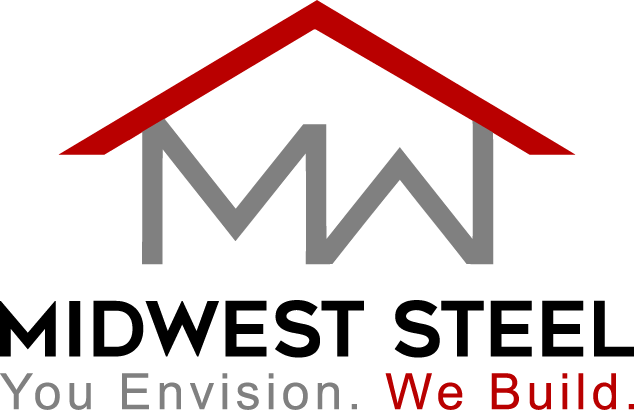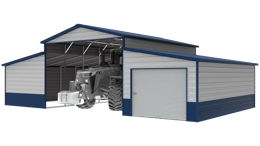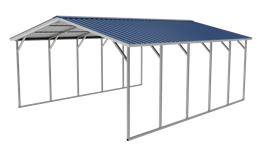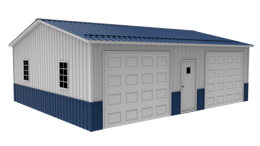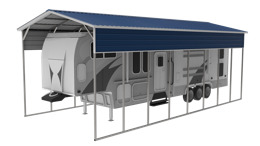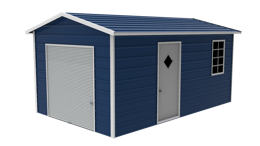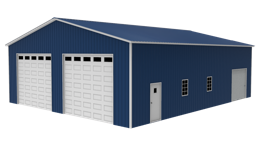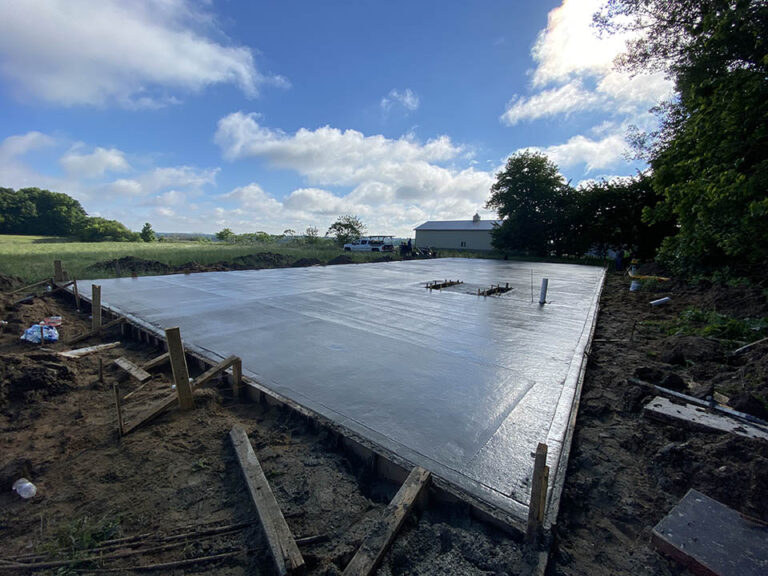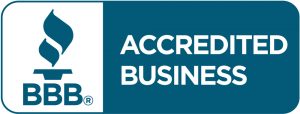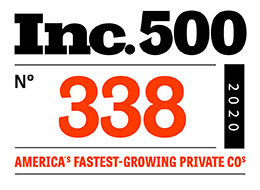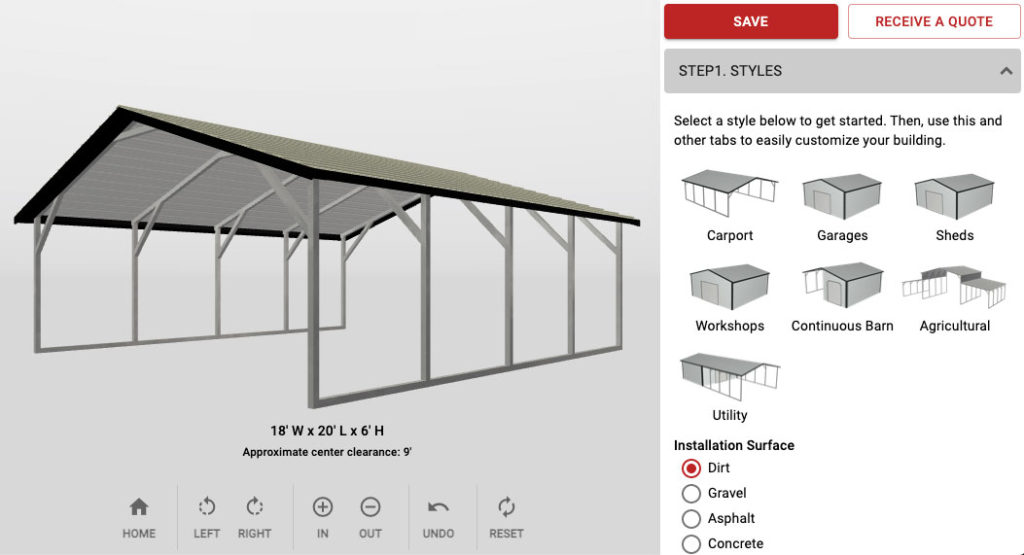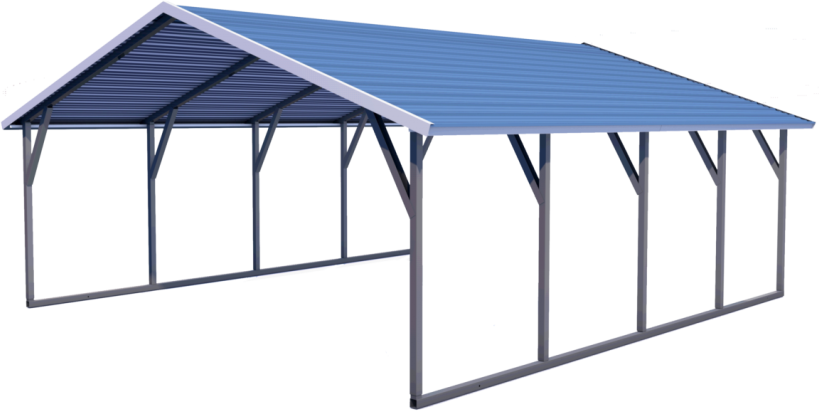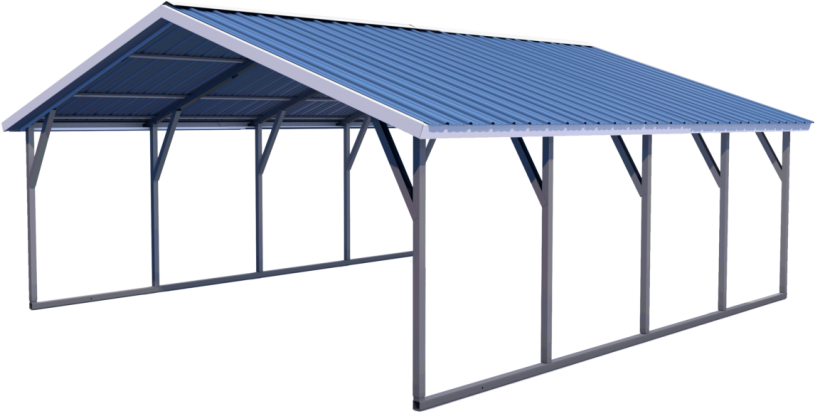Short answer: In this blog, we will discuss 3 ways to save you time and money. Follow the tips given before and after pouring your concrete. You will ensure the success of your project by using these methods. Give your concrete slab a finished look and avoid any future mistakes! Those 3 ways to save on concrete include saving on material, doing it yourself, and avoiding costly repairs.
We spoke to concrete professionals at VP Concrete LLC to gather valuable tips to save you money on concrete. Together we’ll go over the important pros and cons of purchasing concrete. These useful tips will prevent errors that could end up costing you more than your set budget. 3 ways to save include:
- Save on material
- Do it yourself
- Avoid repairs
Save on Material
- Understand your PSI
- Buy in bulk
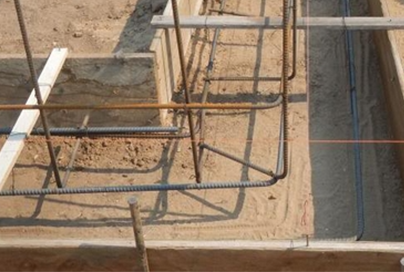
- Footings
Do It Yourself
Laying your own concrete will save you money, especially if you have experience with concrete. However, there are disadvantages to consider if you’ll be laying concrete yourself. If you aren’t experienced, you may risk the appearance of your concrete. Professionals are skilled in applying techniques that give concrete a finished look.
- Excavating
Hiring a professional will not only help the appearance but prevent future errors. Additionally, hiring a professional they will follow the required codes and engineering plans. However, choosing to do it yourself is completely up to you. If you do choose to do it yourself, we recommend you take the proper step when pouring your concrete. It is strongly advised you take the steps to properly apply your concrete. This is because if errors are made while doing it yourself, the cost may be greater than you initially planned for. The project may even include a complete restart!
Avoid Repairs
Like any other project, you always want to make sure you’re aware of crucial details. With concrete, missing these crucial details could lead you to costly repairs later on. A few ways to avoid future repairs include:
- Sealant

- Control Joints
Conclusion
In this blog, we cover 3 ways on how to help you save on your concrete. A few ways that help you save are saving on material, doing it yourself, and avoiding costly repairs. For example, to avoid a costly repair is investing in a high-quality sealant. While one wat to save is doing it yourself, we always recommend reaching out to a concrete professional for an expert opinion!
Midwest Steel Carports, Inc.
(877) 235-5210
For more content, follow us on:
